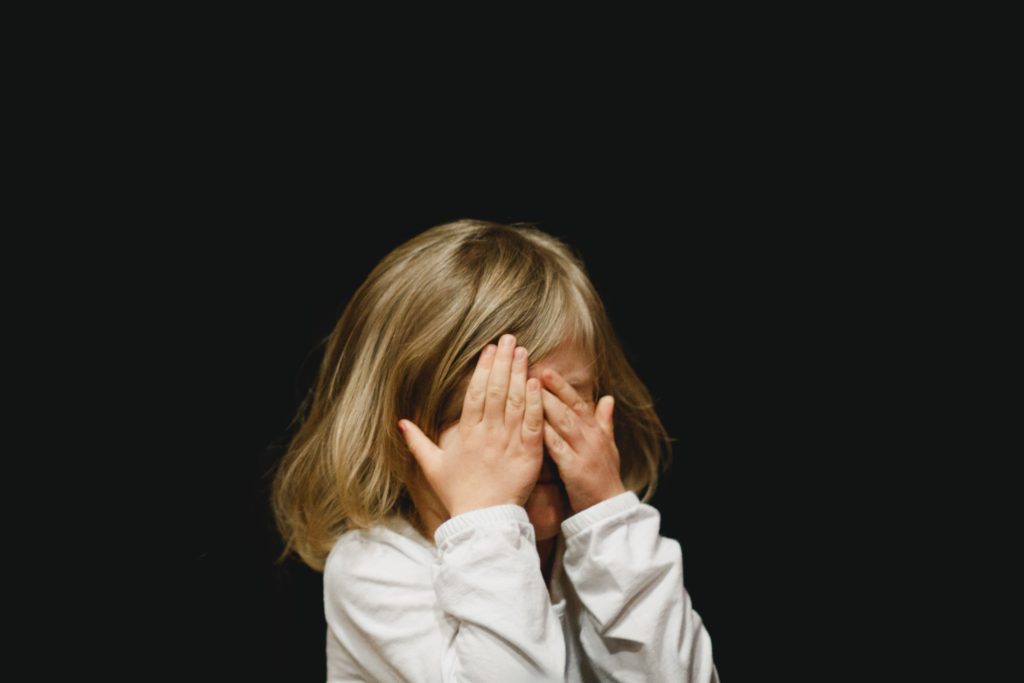
Nurturing Hope: Understanding Treatment Options for Children with Depression
Childhood is a period of wonder, curiosity, and exploration. However, it’s important to recognize that kids, just like adults, can experience emotional challenges, including depression. As a parent or guardian, […]
Childhood is a period of wonder, curiosity, and exploration. However, it’s important to recognize that kids, just like adults, can experience emotional challenges, including depression. As a parent or guardian, understanding the available treatment options is essential to support your child’s emotional well-being. In this article, we’ll explore various approaches that psychologists use to help children navigate the complex landscape of depression.
Recognizing the Signs
Before delving into treatment options, it’s crucial to recognize the signs of depression in children. These signs may vary from child to child, but common indicators include persistent sadness, changes in appetite or sleep patterns, social withdrawal, irritability, lack of interest in activities, and a decline in academic performance. If you notice these symptoms lasting for more than a few weeks, it’s time to consider seeking professional help.
1. Psychotherapy: Building Emotional Resilience
Psychotherapy, also known as talk therapy or counseling, is a cornerstone of depression treatment for children. This approach provides a safe space for your child to express their feelings, fears, and thoughts. Cognitive Behavioral Therapy (CBT) is often used in treating childhood depression, usually older, more verbally expressive kids, but there are many other approaches that are supported by clinical research. The CBT approach helps children identify negative thought patterns and teaches them healthier ways to cope with challenging emotions.
Through regular sessions with a skilled therapist, children learn to recognize triggers for their depressive episodes and develop practical strategies to manage them. Techniques such as relaxation exercises, journaling, and mindfulness can help kids build emotional resilience and develop a more positive outlook on life.
2. Play Therapy: The Language of Expression
For younger children, verbal communication might not be as effective as other forms of expression. Play therapy offers a creative outlet for children to communicate their feelings and experiences. In this approach, therapists use toys, games, and art supplies to help children express their emotions and work through challenges in a non-threatening manner.
Through play therapy, children can explore and process their feelings, gaining a deeper understanding of what’s troubling them. This method also helps therapists to observe behaviors and emotions that might be difficult for children to articulate verbally. Ultimately, play therapy assists kids in developing coping mechanisms and building self-esteem.
3. Family Therapy: Strengthening Connections
Depression doesn’t only affect the individual; it can impact the entire family unit. Family therapy involves sessions that include not just the child but also their family members. This approach aims to improve communication, resolve conflicts, and enhance understanding among family members.
By addressing family dynamics, therapists can help parents and siblings better support the child with depression. Family therapy fosters an environment where everyone can learn about depression, develop empathy, and work together to create a nurturing and understanding home environment.
4. Medication: A Consideration in Severe Cases
In some cases, when depression is severe and doesn’t respond well to other treatments, medication might be considered. However, this option is usually reserved for older children and adolescents and should be carefully discussed with a qualified medical professional.
Antidepressant medications can help correct imbalances in brain chemicals that contribute to depression. It’s important to note that medication is often used in conjunction with other therapies, like psychotherapy or play therapy, to provide a comprehensive approach to treatment. Close monitoring of your child’s progress, along with regular check-ins with healthcare providers, is essential when medication is part of the treatment plan.
5. Lifestyle Changes: Nurturing Holistic Well-being
Promoting a healthy lifestyle can significantly impact a child’s emotional well-being. Encouraging regular exercise, a balanced diet, and sufficient sleep can help regulate mood and energy levels. Physical activity releases endorphins, the body’s natural mood lifters, while proper nutrition supports brain health.
Limiting screen time and encouraging social interactions with friends and family also play a vital role in alleviating depression symptoms. Building a routine that includes enjoyable activities, hobbies, and interests can provide a sense of purpose and accomplishment for the child.
Conclusion
Depression in children requires a comprehensive and compassionate approach to treatment. By understanding the available options, you can provide the support your child needs to overcome the challenges they face. Whether through psychotherapy, play therapy, family therapy, medication, or lifestyle changes, the ultimate goal is to empower your child to navigate their emotions, build resilience, and embrace a brighter future. Remember, seeking professional guidance is a crucial step toward nurturing your child’s emotional well-being and helping them find hope and happiness once again.
Photo by Caleb Woods on Unsplash
Written by ChatGPT & Reviewed by Clinical Psychologist: Yoendry Torres, Psy.D.
